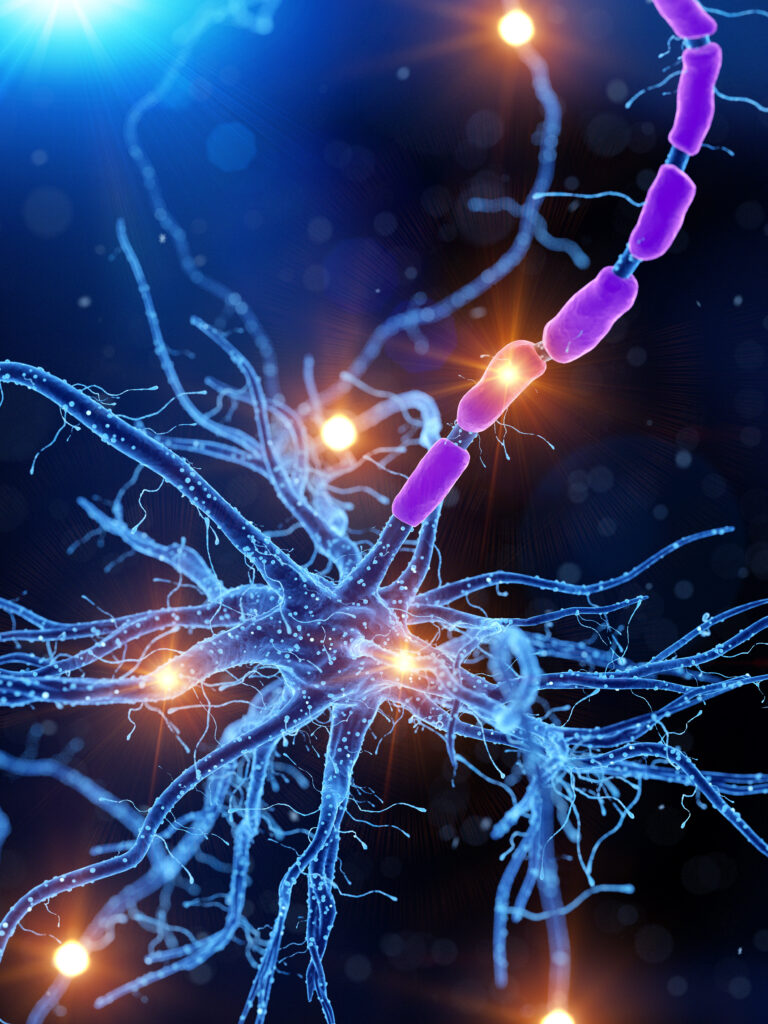**Understanding the Impact of Endoplasmic Reticulum Stress on Alzheimer’s Pathology**
Alzheimer’s disease is a complex condition that affects the brain, causing memory loss and cognitive decline. While the exact causes of Alzheimer’s are still not fully understood, research has shown that stress in the endoplasmic reticulum (ER) plays a significant role in its development. In this article, we will explore how ER stress contributes to Alzheimer’s pathology and what this means for our understanding of the disease.
**What is the Endoplasmic Reticulum?**
The endoplasmic reticulum (ER) is a vital part of every cell in our body. It is like a factory inside the cell where proteins are made and processed. The ER also helps with the transport of proteins and lipids, and it stores calcium, which is essential for many cellular functions.
**What is ER Stress?**
When the ER is under stress, it means that the proteins being made inside it are not folding correctly. This can happen for many reasons, such as exposure to toxins or genetic mutations. When proteins don’t fold properly, they can accumulate in the ER and cause damage. This damage triggers a response called the unfolded protein response (UPR), which tries to fix the problem by halting protein production and activating pathways to degrade misfolded proteins.
**How Does ER Stress Contribute to Alzheimer’s?**
In Alzheimer’s disease, the ER is under constant stress due to the accumulation of misfolded proteins, particularly amyloid-beta (Aβ) and tau. These proteins are crucial for brain function but become toxic when they misfold. The ER tries to handle this stress by activating the UPR, but over time, this response can become overwhelmed, leading to cell death.
Research has shown that ER stress can lead to the release of toxic substances like peroxynitrite, which damage cellular components and contribute to neurodegeneration. Additionally, ER stress can disrupt calcium homeostasis, leading to mitochondrial dysfunction. Mitochondria are the powerhouses of the cell, and their dysfunction is a hallmark of Alzheimer’s disease.
**Monitoring ER Stress in Alzheimer’s**
Scientists have developed tools to monitor ER stress in cells. One such tool is a fluorescent probe that can detect changes in pH and peroxynitrite levels in the ER and mitochondria. This probe helps researchers understand how ER stress affects these organelles and how it contributes to Alzheimer’s pathology.
**Conclusion**
Understanding the impact of ER stress on Alzheimer’s pathology is crucial for developing new treatments. By recognizing how misfolded proteins and ER stress contribute to neurodegeneration, researchers can focus on therapies that target these pathways. For example, treatments that reduce ER stress or enhance protein degradation mechanisms could potentially slow down or even halt the progression of Alzheimer’s disease.
In summary, ER stress is a significant factor in the development of Alzheimer’s disease. By continuing to study this process, we can gain a deeper understanding of the disease and work towards more effective treatments.





